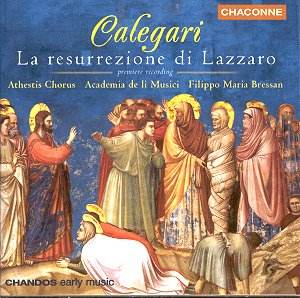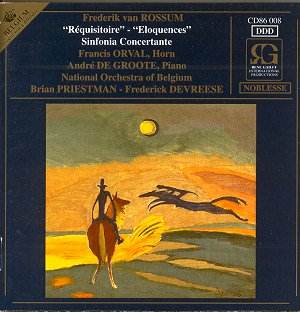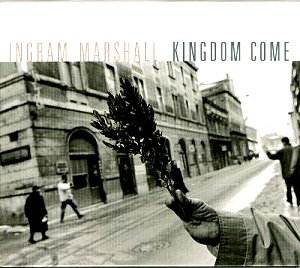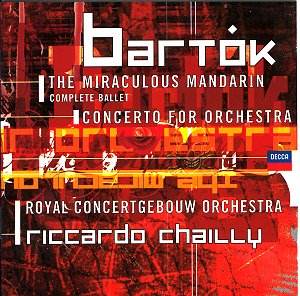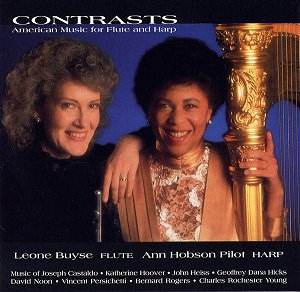 Composer: American
Composer: American
Works: Sonata da Camera for flute and harp op 89 (David Noon), Contrasts for solo harp (Joseph Castaldo), Kolopeli for solo flute (Katherine Hoover), Study for solo piccolo (Bernard Rogers), Song of the Lark for flute and harp (Charles Rochester Young), Four Lyric Pieces for solo flute (John Heiss), Serenade No 10 for flute and harp (Vincent Persichetti), A Dream for alto flute and harp (Geoffrey Dana Hicks)
Performers: Leone Buyse, flute; Ann Hobson Pilot, harp
Recording: Seiji Ozawa Hall, Tanglewood, Boston, July 18/19, 1994
Label: Bridge
The compilation of American works for flute and harp presented by Leone Buyse and Ann Hobson Pilot serves not only as an auditory delight but also as a vital document reflecting the rich tapestry of contemporary American chamber music. This release encapsulates a diverse selection of compositions that span several decades, showcasing the evolution of stylistic idioms and technical advancements in the duo’s performance.
David Noon’s Sonata da Camera, composed in 1986, opens the disc with a buoyant neo-baroque flair, effectively setting the tone for the recital. The work’s Overture features a charming walking bass, which Buyse and Pilot navigate with a graceful interplay, characterized by vibrant articulation in the subsequent Vivo. The Sarabande’s effortless limpidity exemplifies a mastery of lyrical phrasing, while the bustling Gigue concludes the piece on an exuberant note. This interpretation highlights the duo’s ability to balance traditional forms with contemporary sensibilities, a hallmark of the American flute and harp repertoire.
Joseph Castaldo’s Contrasts presents a fascinating study in variation form that exploits the harp’s tonal and expressive potential. The work’s six etudes, each brief yet impactful, provide moments of both introspection and exuberance. Pilot’s deft handling of arpeggios in the Allegro contrasts sharply with the contemplative Misterioso, where the taps on the harp’s sounding board create an intriguing sonic landscape. The concluding Allegro con spirito reintroduces the hymn theme with a buoyancy that is both celebratory and reflective, underscoring the work’s thematic unity.
Katherine Hoover’s Kolopeli, inspired by Native American mythology, emerges as a vibrant portrayal of the landscape of the Southwest. The dynamic contrasts within the piece, from exciting runs to delicate passages, are executed with a keen sense of timing and nuance. Buyse’s flute work here is particularly evocative, bringing forth a vivid imagery that resonates with the listener. The subsequent Study for solo piccolo by Bernard Rogers, though brief, showcases an engaging interplay of registers and tonal gradations, demonstrating the composer’s deep understanding of timbre.
Charles Rochester Young’s Song of the Lark, inspired by a painting, is notable for its innovative use of the harp. The second movement employs a technique where paper is woven between the harp strings, producing a veiled guitar-like effect. This creative approach is complemented by aggressive percussive writing, leading into a final movement that gently dissolves into silence. This arc of sound is executed with sensitivity, reflecting both the piece’s inspiration and the performers’ interpretative choices.
John Heiss’s Four Lyric Pieces offers a cohesive sense of lyricism, with a deft control of dynamics that emphasizes the contrasts within each section. The Allegro scherzando’s witty conclusion acts as a delightful punctuation mark, showcasing the composer’s playful spirit. The well-known Serenade No 10 by Vincent Persichetti stands out for its folksy elegance and affecting material, executed with grace by Buyse and Pilot, who manage to imbue the work with a sense of effortless charm.
Closing the recital, Geoffrey Dana Hicks’ A Dream provides a tender and introspective finale. The performers convey an inward quality that resonates deeply, leaving the listener in a reflective state. The recording quality is exemplary, capturing the nuance and clarity of the flute and harp interplay with precision. The engineering allows for a spacious sound that enhances the intimate nature of the works, making it a worthy addition to any collection.
This recording not only showcases the breadth of American compositions for flute and harp but also highlights the exceptional artistry of Buyse and Pilot. Their interpretations breathe life into each piece, allowing the listener to experience the rich emotional and sonic landscapes crafted by these composers. The disc stands as a significant contribution to the repertoire, inviting audiences to explore the evolving voice of American classical music.
